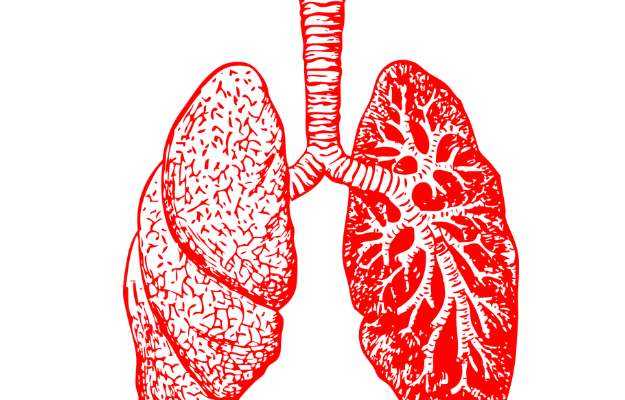What is pulmonary embolism?
Pulmonary embolism, a condition that causes blockage of blood vessels in the lungs due to a blood clot, occurs when a clot travelling through the blood vessel reaches the lung and lodges there. This condition can be life-threatening if the clot is huge or multiple. It damages the lungs and reduces the supply of oxygen to various parts of the body due to reduced levels of oxygen in the blood. This may cause damage to other organs of the body.
What are its main signs and symptoms?
In almost half of the individuals with pulmonary embolism, no symptoms are observed. The remaining half may experience the following symptoms:
- Difficulty breathing
- Coughing up blood
- Chest pain
- Swelling of the calf or thigh
- Pain, tenderness, and redness of the leg
What are the main causes?
It is most commonly caused by a condition called deep vein thrombosis, in which a blood clot is formed in the veins of the leg. When this clot breaks loose and moves towards the lungs, it can cause pulmonary embolism.
Other causes of pulmonary embolism include:
- Surgeries, e.g., joint replacement surgery
- Hormone replacement therapies
- Contraceptive pills
- Medical conditions like heart or lung diseases
- Pregnancy and childbirth
- Inheritance
- Obesity
How is it diagnosed and treated?
Although pulmonary embolism is difficult to diagnose, the following diagnostic measures will help the doctor in the correct diagnosis of the condition:
- Detailed medical history of the individual
- Physical examination and checking for the presence of symptoms
- Imaging tests
- Blood tests
The treatment aims to dissolve clots and prevent further formation. The following treatment measures are used for pulmonary embolism:
- Medications:
- Anticoagulant drugs are prescribed to thin the blood and prevent the clot from growing large and prevent the formation of new clots.
- Thrombolytic drugs are prescribed to dissolve the clot.
Procedures:
- A vena cava filter: A filter is inserted in the vena cava vein, which prevents the clot from travelling to the lungs.
- Catheter-assisted removal of the clot: This procedure involves the insertion of a flexible tube in the lungs to break the clots.

 Doctors for Pulmonary Embolism
Doctors for Pulmonary Embolism  OTC Medicines for Pulmonary Embolism
OTC Medicines for Pulmonary Embolism



















